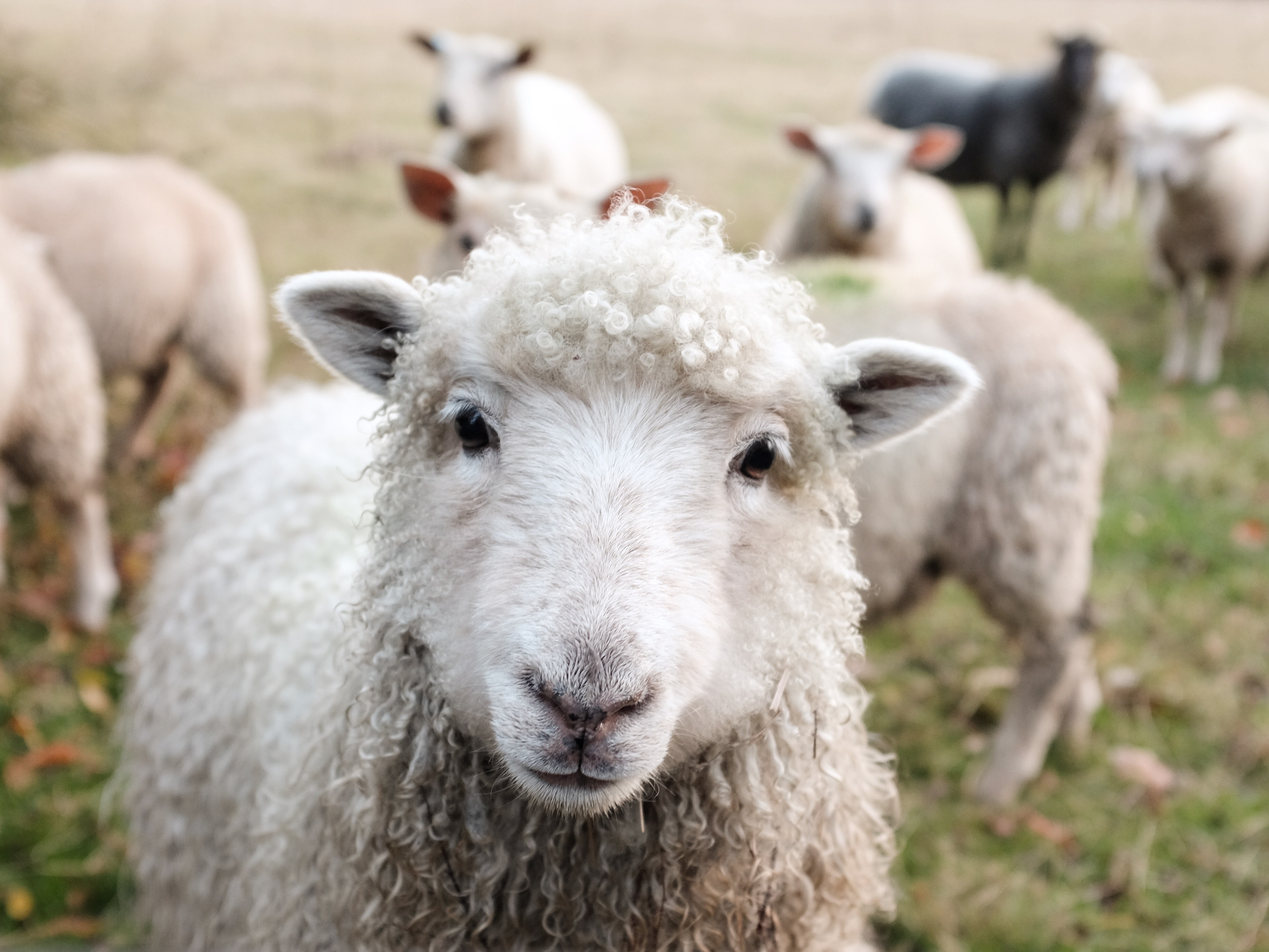The world’s current climate is dreadful, and this is no longer a secret. People, animals, and the entire animal kingdom as a whole are all being harmed by it. The dangerous emissions are too much for either the Amazonian woods or the Siberian taiga to handle.
Animal mutation starts because of poor ecosystem. Off the coast of Japan, a 50-kilogram squid was discovered. Kangaroos have changed in Mexico. They started to develop a canine head and large fangs. Additionally, cattle started dying in the Northern Urals. These mutations all have detrimental effects on people as well as animals.
Fluorosis in animals is caused by air pollution. It is a long-term poisoning caused by substances that fluoridate the air. Fluoride compounds have also been found in animal feed and drinking water. Fluorosis affects sheep and cattle in particular, and something like Cheat Lake animal hospital are no longer sufficient.

The contamination of pastures with such substances is caused by a number of circumstances. These are the types of organic soil dusts that are naturally present in some places. Along with the combustion of coal, other sources of smog include industrial waste that is gaseous and dusty. Fluoride compounds, particularly hydrogen fluoride, are present in modern plants that make phosphoric acid, cement, aluminum, enamel, and enamel paint.
When the natural environment’s characteristics suddenly alter, animals generally become stressed. There is always a negative response to pollution, even at low levels. The reaction alters an organism’s molecular and genetic foundation, displays anomalies in animal ethology and ontogenesis, and also modifies the characteristics of interspecific interactions.
Radiation can also have an impact on animals. Radioactive fallout is released into the atmosphere after nuclear tests. Animals are affected by radiation in a similar way to how people are. Food is exposed to radioactive fallout. The fallout first travels from the soil to plants, where it builds up and is eaten by animals in their food. Although there is currently very little contamination, we don’t yet know what eating food contaminated with radioactive elements will do to us. Modern further research is essential.
Domestic and commercial wastewater are treated mechanically, biologically, and physically. Wastewater contains elements that are harmful to wildlife as well.
More and more negatively, modern ecology affects people, animals, and plants. Because of this, nature must be protected. The management of nature reserves aids in the preservation of animal and plant life. Rare and threatened species are consistently safeguarded. Additionally, domesticated wild animals with desirable traits are kept in reserves. Additionally, reserves aid in the reintroduction of extinct species, enhancing the local fauna.
Extinction of animals’ effects
Unpredictability in food chains is caused by the decline in animal populations and species variety. Some links in food chains just vanish, which causes the links that are most dependent on them to vanish as well. The destruction of food chains can eventually reach a critical point when most organisms perish and the natural balance is upset.
To put it plainly, when one species goes extinct, another follows. And a number of other species go extinct as a result of this. This is because nature is interrelated and in a constant state of balance, which we are destroying by our violent involvement.
The rate of animal extinction may eventually reach a tipping point, at which point the biosphere will no longer be able to rebuild itself, if things continue as they are.
